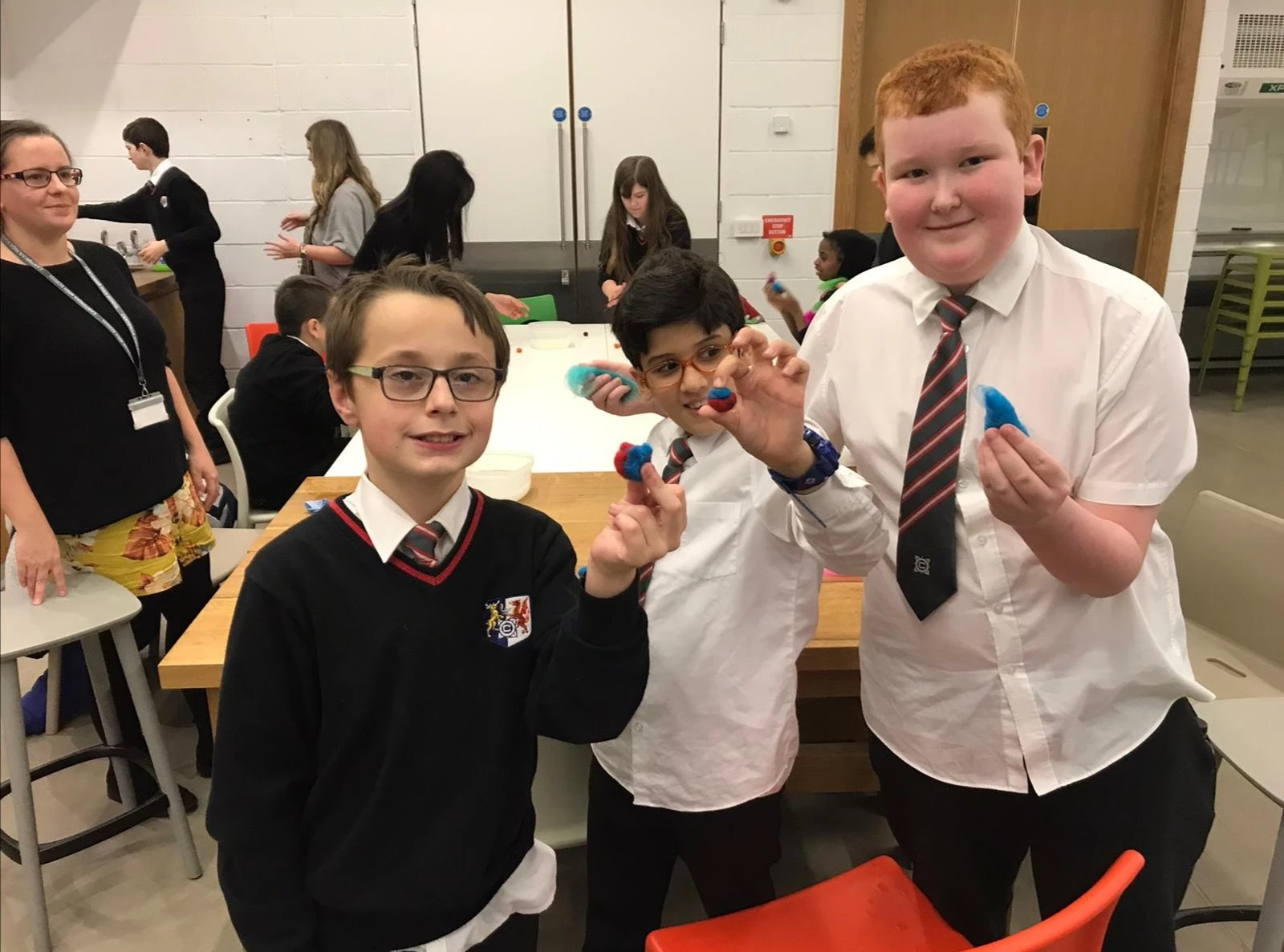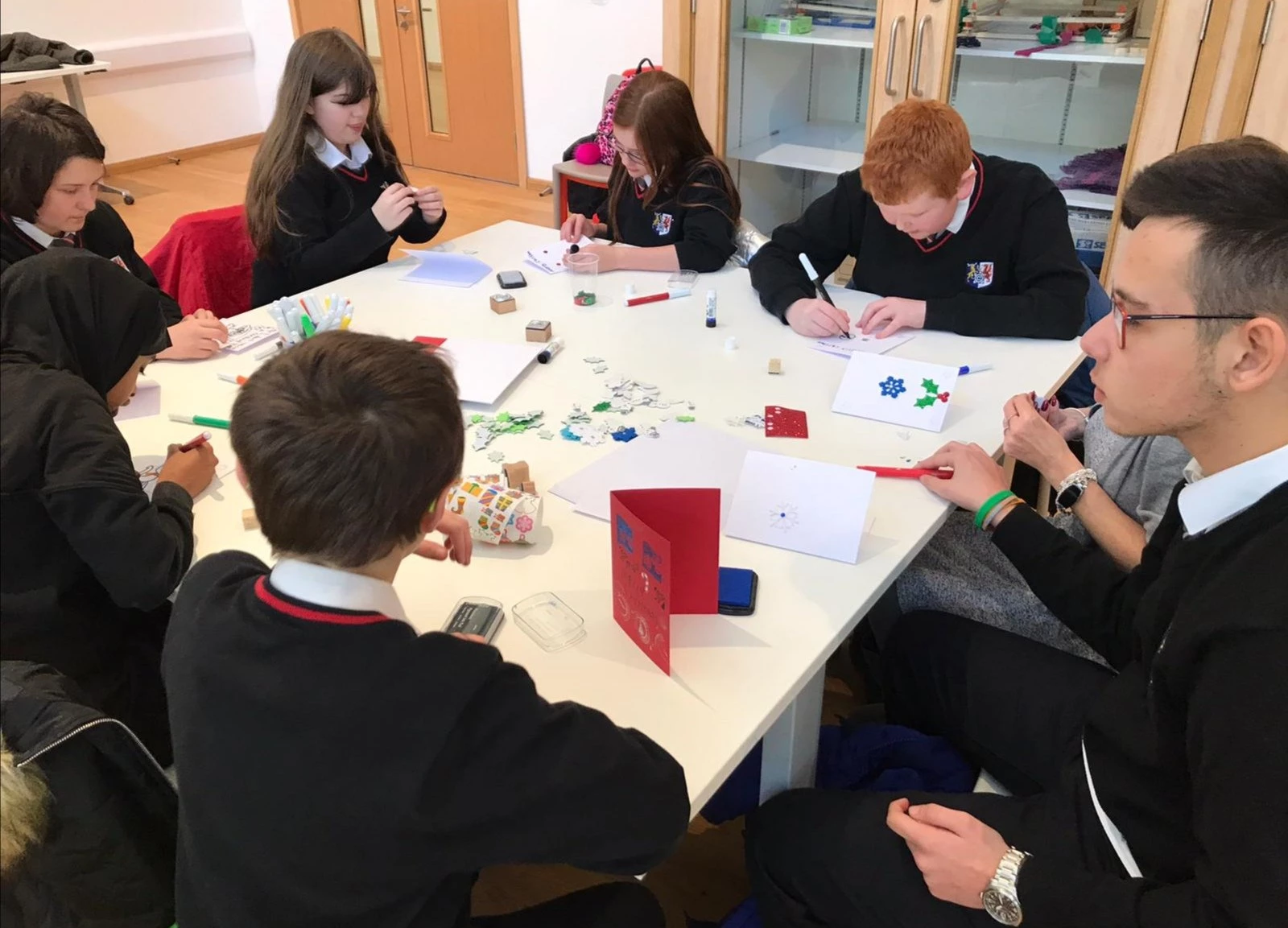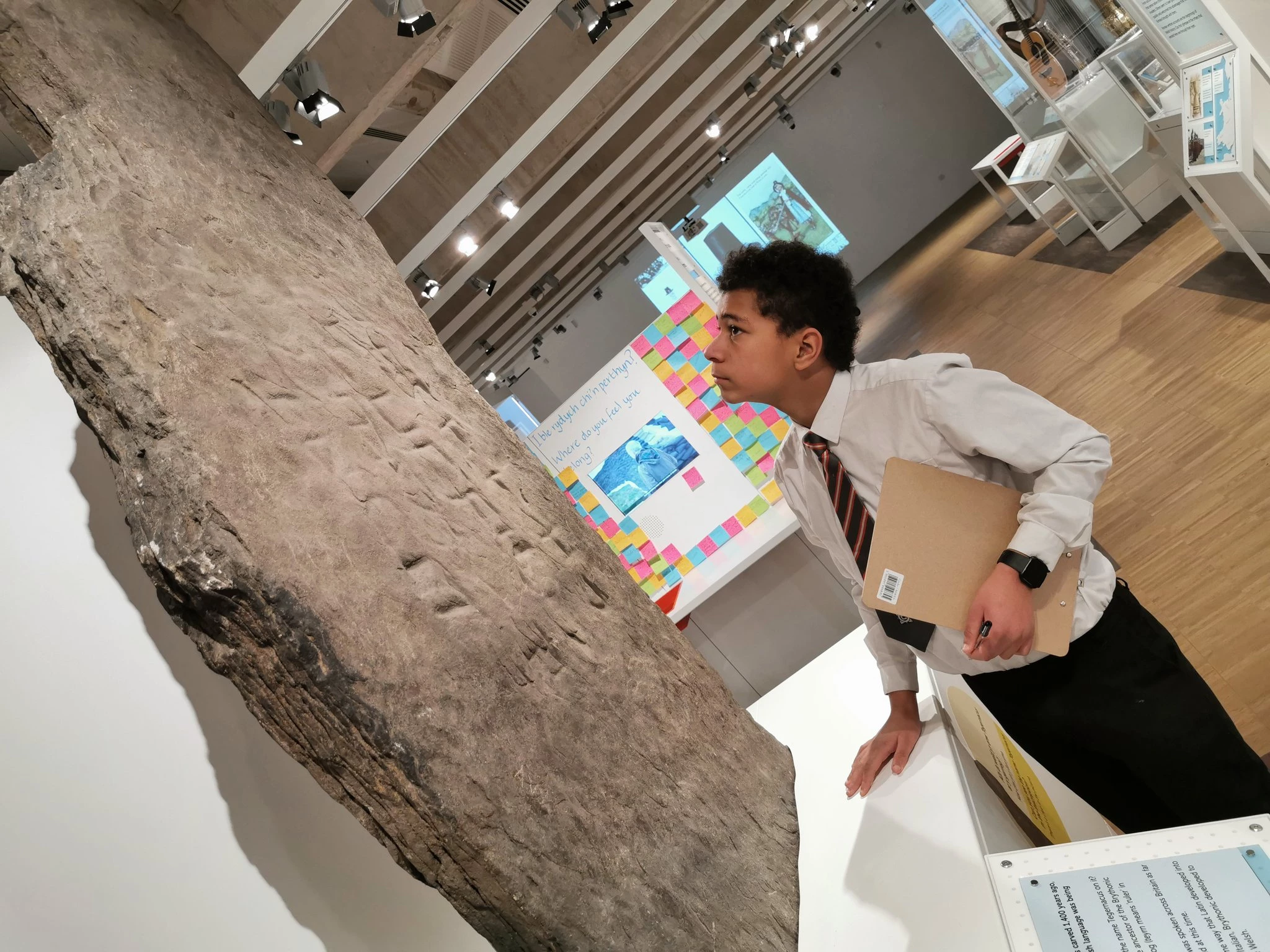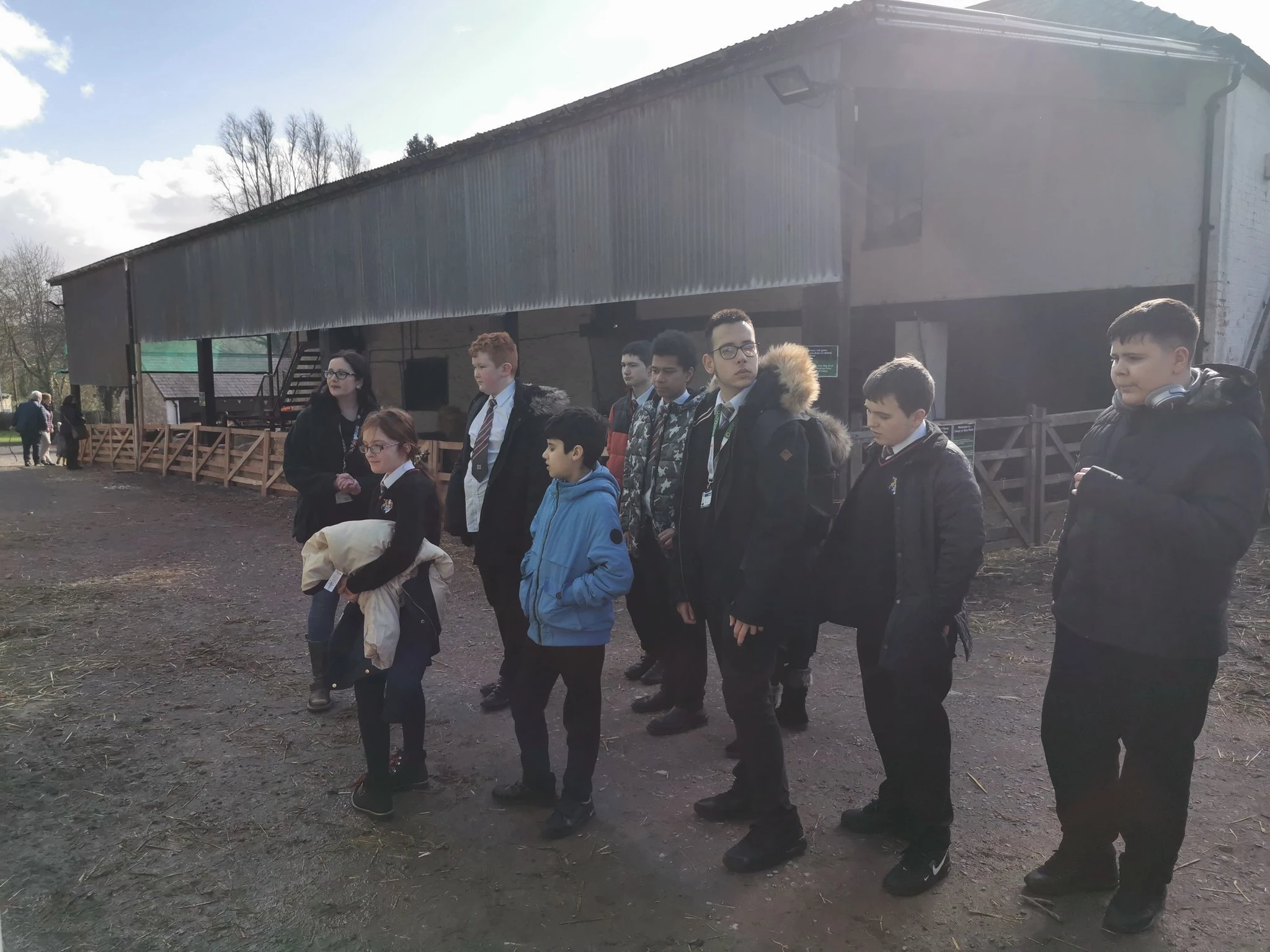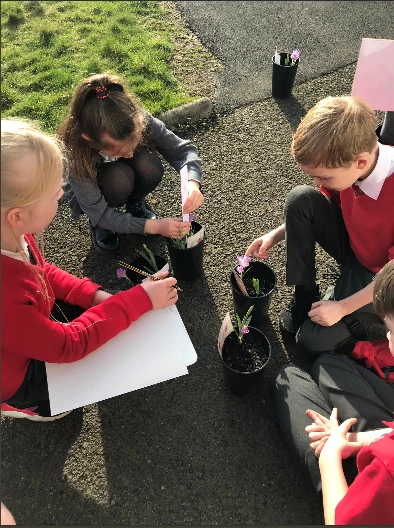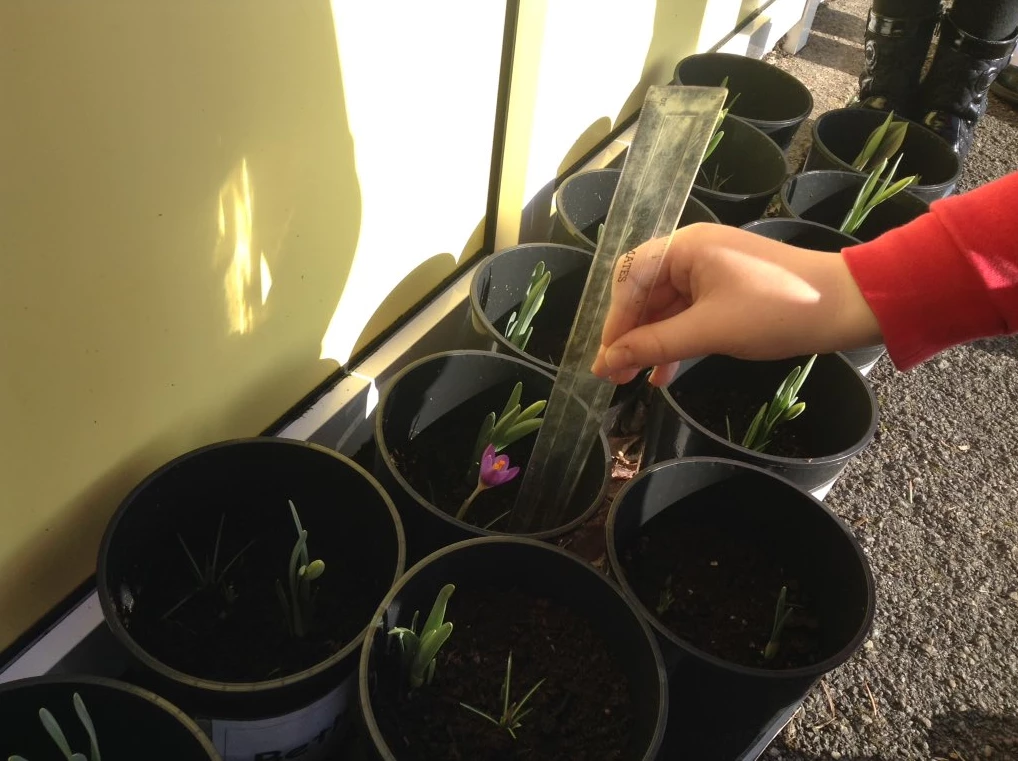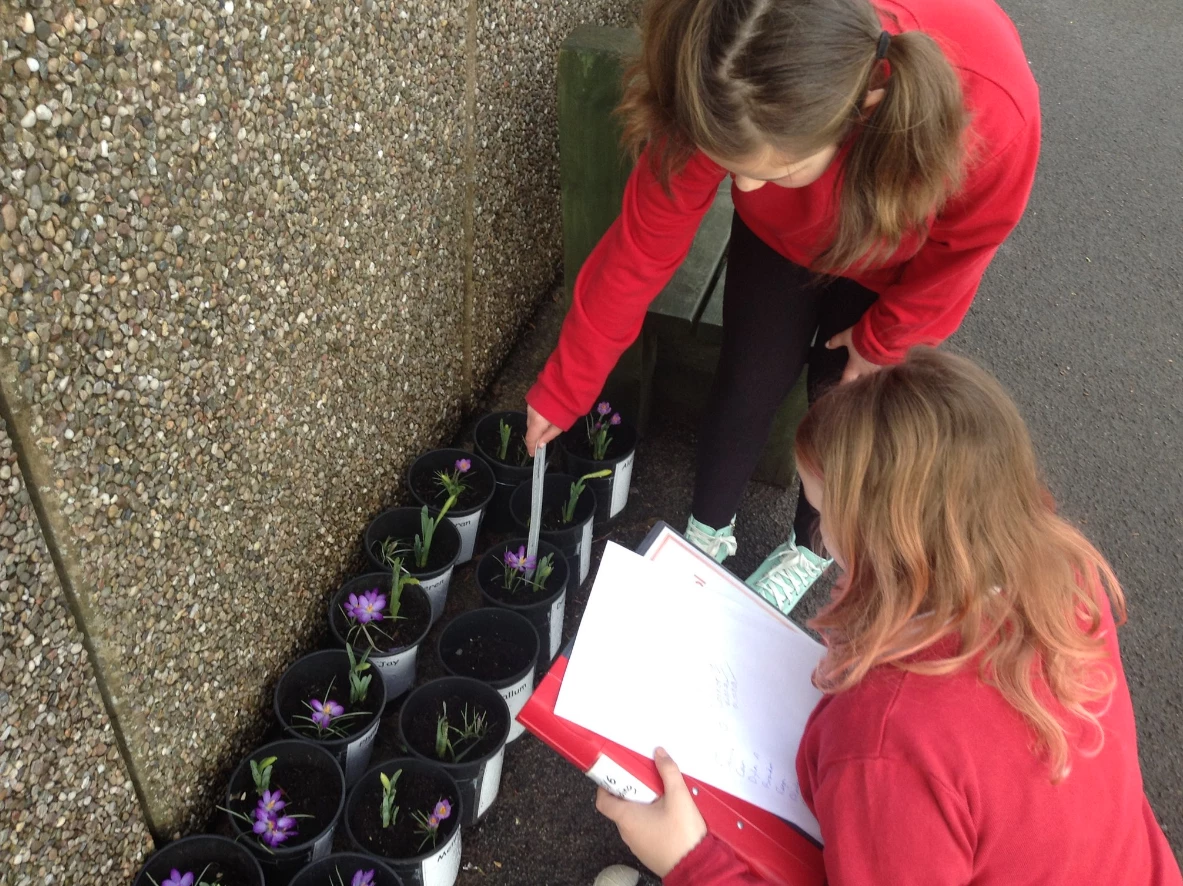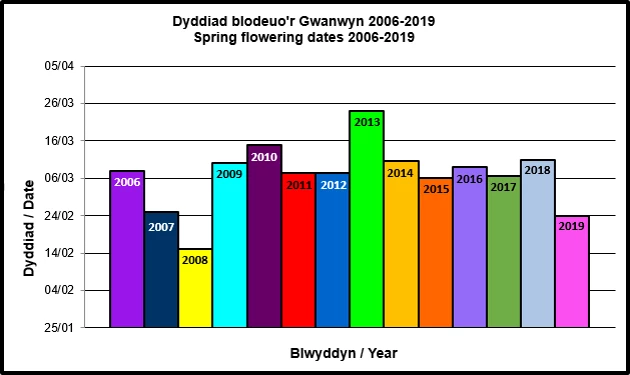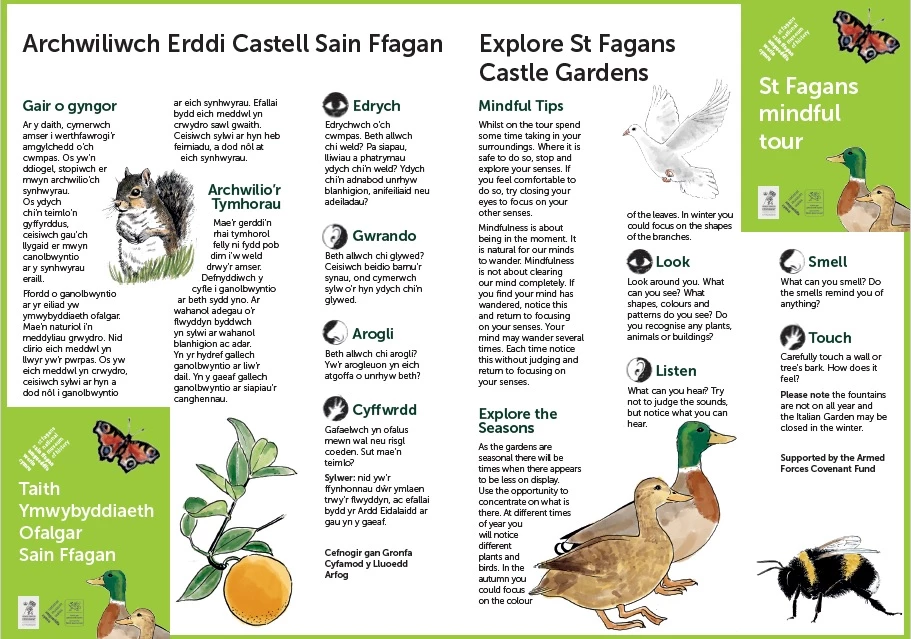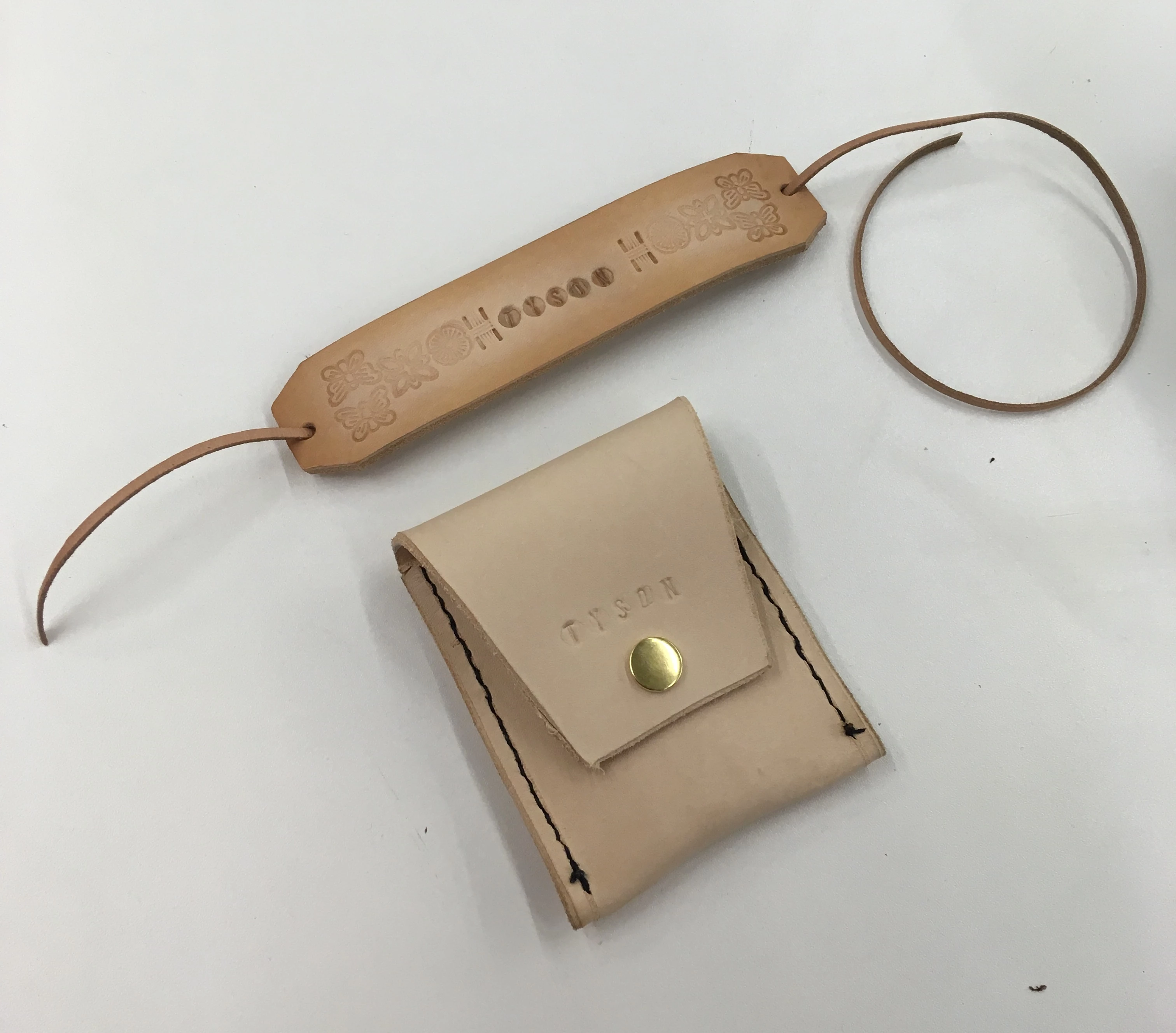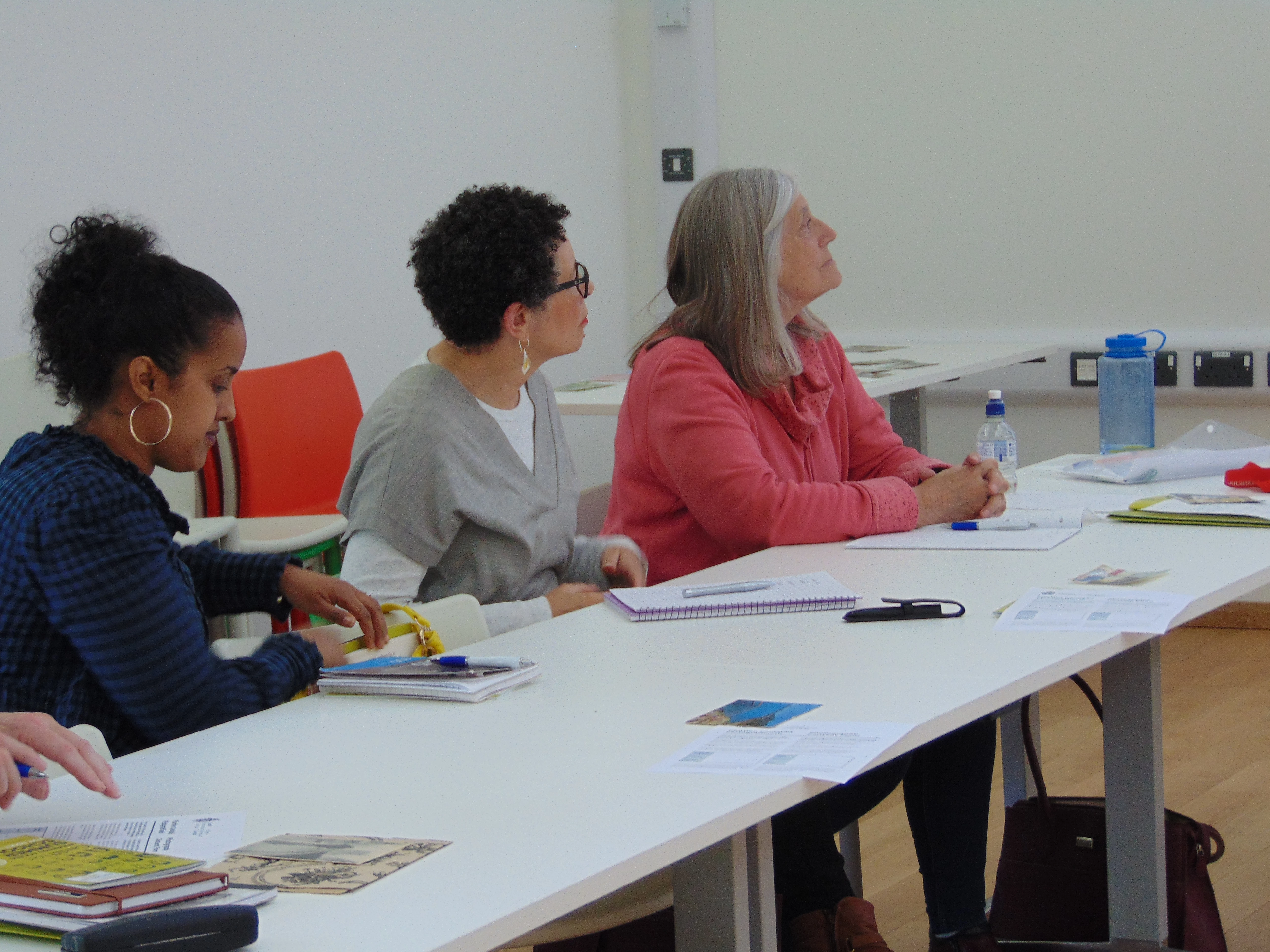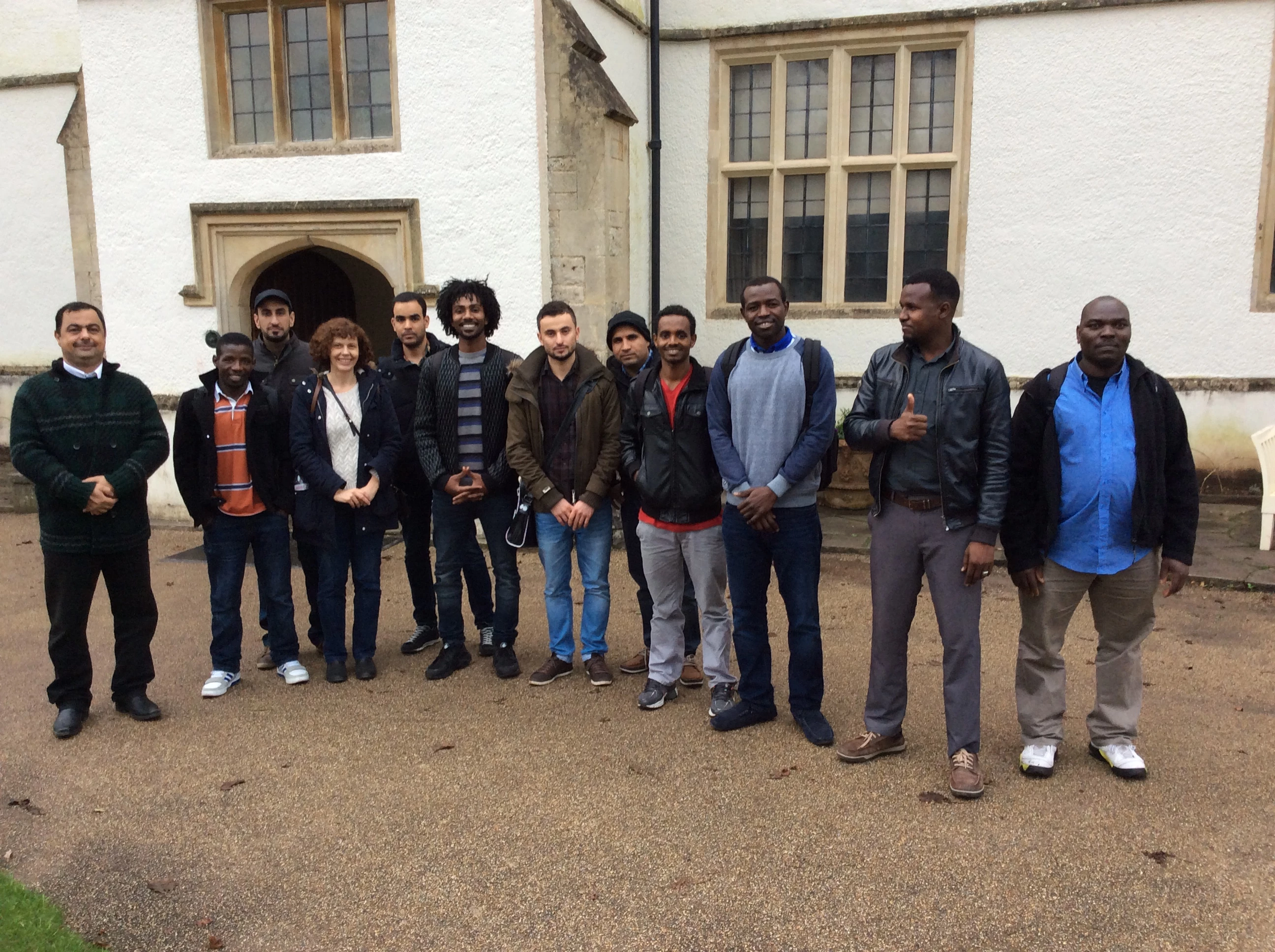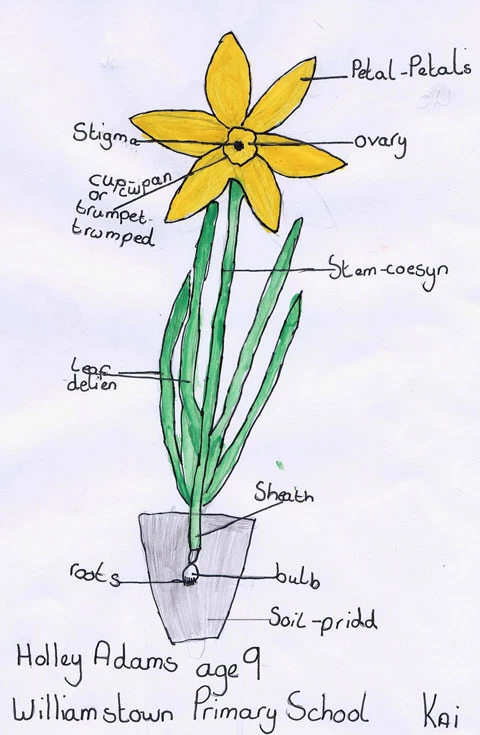Beyond the classroom: Accessible Learning
, 2 April 2020
In June 2019 the opportunity arose to begin a partnership between the Learning Team at St Fagans and the Access Base at Cantonian High School, Cardiff. The Access Base offers a provision for children from the ages of 11 to 19 who have a statement of educational need for Autism. As a Learning Facilitator I have always found working with Autistic Spectrum Disorder groups rewarding, so I was excited to be asked to organise a programme of activities for the group. I was particularly looking forward to getting to know the group as the same learners would return each visit.
During June and July we met with the students and staff for 3 visits. These visits acted as taster sessions where we could all get to know each other a bit, and find out what sort of activities would be enjoyable and beneficial for the group. They included a guided tour of the site, making coil pots with air drying clay, and potting plants with our Gardening team. Following this, it was decided the students would visit fortnightly with activities based around a different project each term.
Our first project was based around the theme of craft, with Christmas in mind. We began by making baubles and woollen 'fairy lights' using the wet felting technique. This hands on, tactile activity proved popular as the students enjoyed coming up with different colour combinations! In the following visits the group made more baubles and designed and created their own sets of Christmas cards using stamps and ink. In our last meeting before Christmas, the students decorated plant pots before planting daffodil and crocus bulbs to take home and grow.
Following the Christmas break, the plan was for the group to help develop a resource for ASD visitors, allowing them to become familiar with the site before their first visit. Developing a resource like this is something I’ve been interested in for a long time. This has involved visiting the galleries and buildings at St Fagans, and taking part in workshops such as the Warrior Grave and Lambing. I have collected feedback to add to the future visitor resource - for example the need to be aware that there's an echo effect while walking through the Atrium, and low level lighting in the buildings.
Unfortunately, our time together working on this project was cut short by the current events. There are still many more buildings for us to visit together, and more workshops to take part in. We look forward to welcoming Cantonian Access Base back to the museum in the future.
Miss Aimee Phillips – Cantonian High School said “Having a partnership with the St Fagans Learning team has given our pupils some amazing opportunities to learn outside of the classroom. Multisensory, hands on learning is vital to our pupils who are on the Autistic Spectrum. When working with the learning team, our pupils have been able to develop and refine their social skills which is a key area of learning. Some of our most memorable moments at St Fagans over the past year include, working in the Italian Garden, learning how to be a miller, the warrior workshop and most recently, watching lambs being born on the farm. As a teacher I would highly recommend the Learning team and their resources to anyone wanting a unique learning experience.”
You can learn more about the St Fagans Learning programme on our website.

